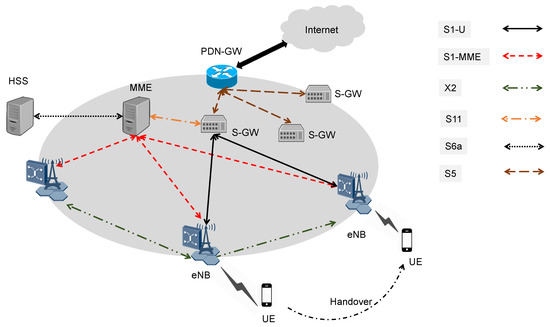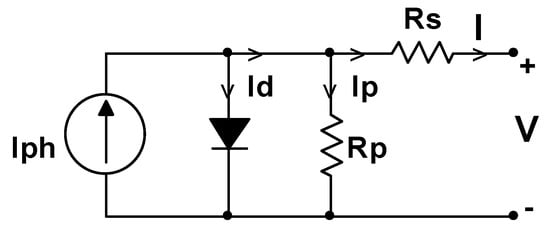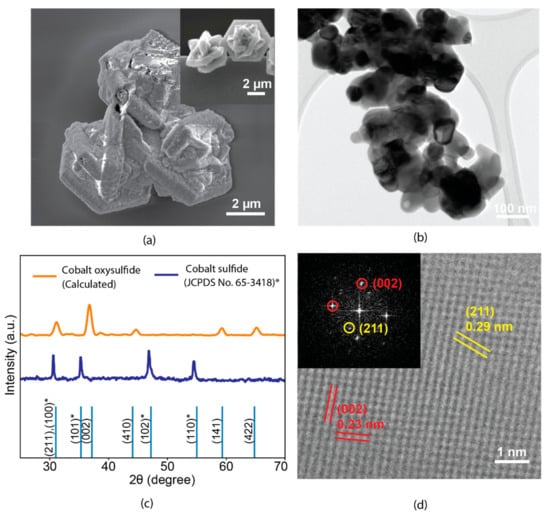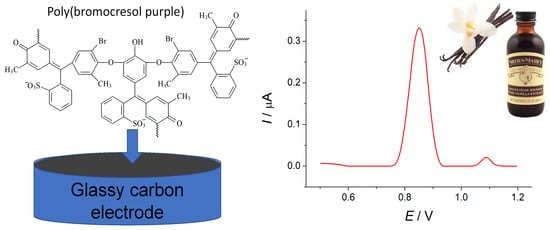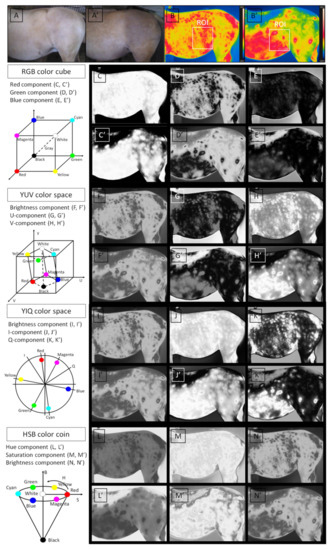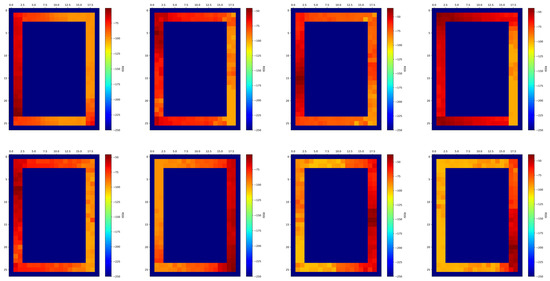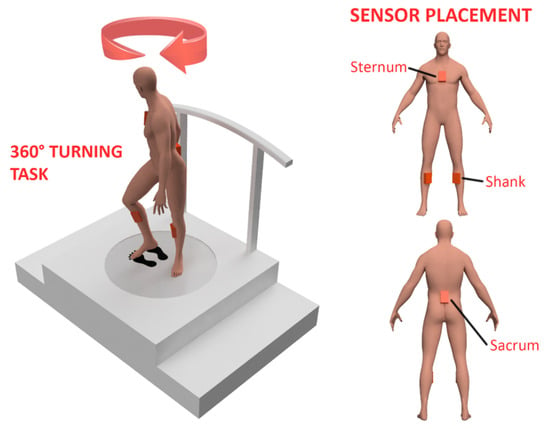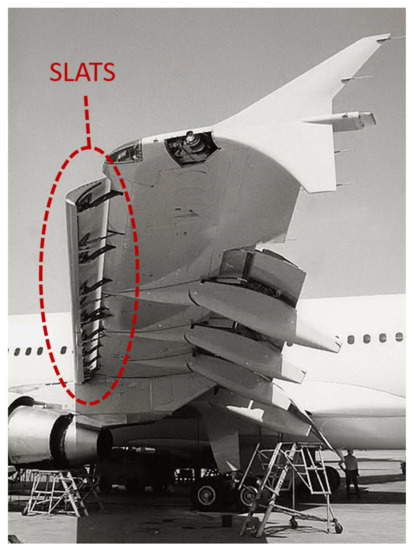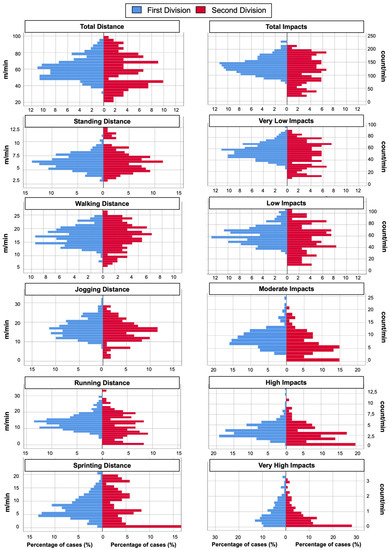Sensors 2022, 22(1), 350; https://doi.org/10.3390/s22010350 - 4 Jan 2022
Cited by 16 | Viewed by 2399
Abstract
The geodetic monitoring of the continuous crustal deformation in a particular region has traditionally been the prerogative of the scientific communities capable of affording high-price geodetic-class instruments to track the tiny movements of tectonic plates without losing precision. However, GNSS technology has been
[...] Read more.
The geodetic monitoring of the continuous crustal deformation in a particular region has traditionally been the prerogative of the scientific communities capable of affording high-price geodetic-class instruments to track the tiny movements of tectonic plates without losing precision. However, GNSS technology has been continuously and rapidly growing, and in the last years, new cost-efficient instruments have entered the mass market, gaining the attention of the scientific community for potentially being high-performing alternative solutions. In this study, we match in parallel a dual-frequency low-cost receiver with two high-price geodetic instruments, all connected to the same geodetic antenna. We select North-East Italy as testing area, and we process the data together with the observations coming from a network of GNSS permanent stations operating in this region. We show that mm-order precision can be achieved by cost-effective GNSS receivers, while the results in terms of time series are largely comparable to those obtained using high-price geodetic receivers.
Full article
(This article belongs to the Section Navigation and Positioning)
►
Show Figures

